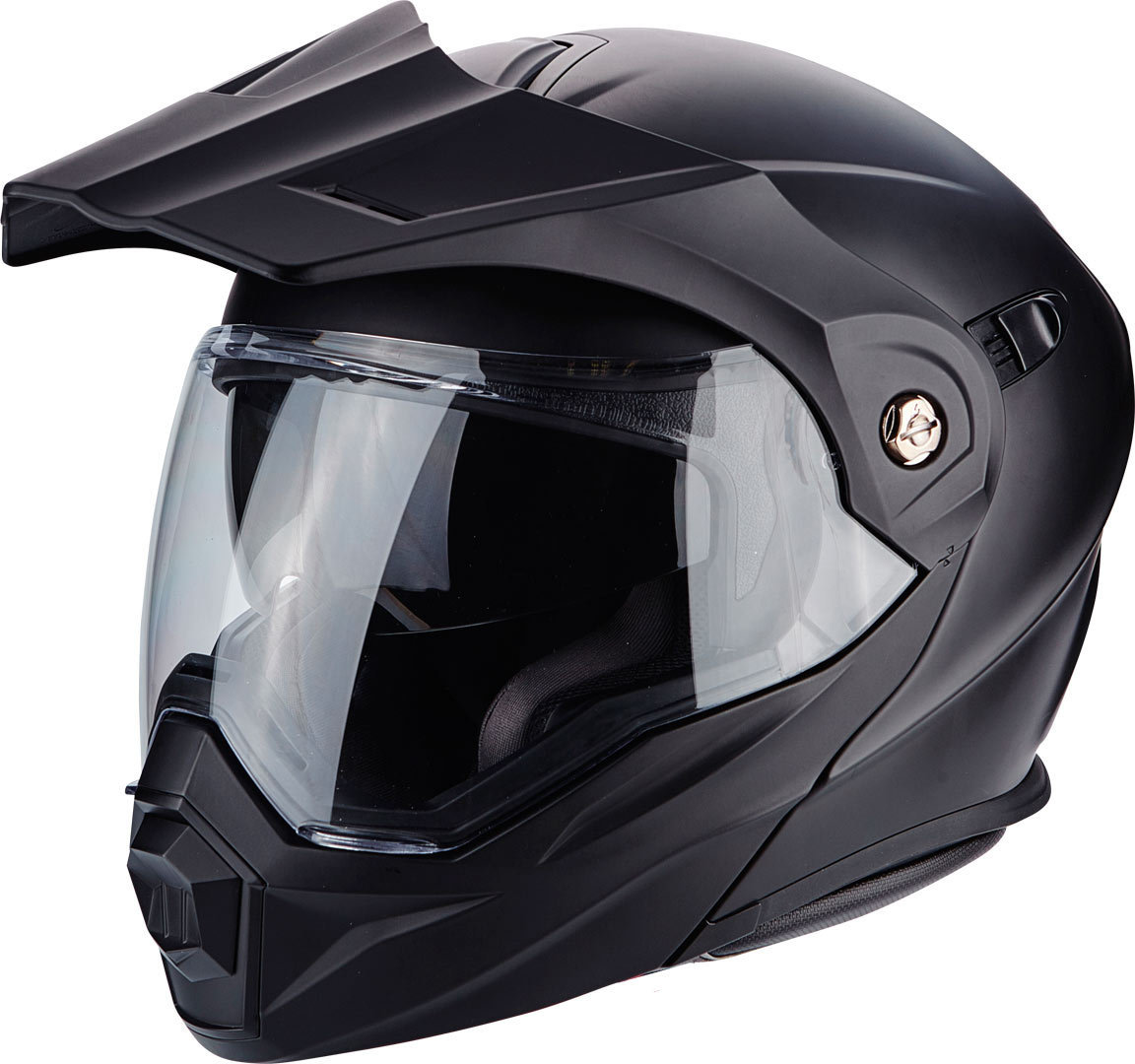The article seems to have been removed from the web (if anyone can find it, or has a PDF of it, please post), but US magazine Motorcyclist published a pretty critical appraisal ("Blowing The Lid Off") in 2005 or so of the systems and organisations involved in testing/certification of helmets.
Here's an article on the post-publication fallout:
http://jalopnik.com/5582380/how-the-truth-about-motorcycle-helmets-got-a-journalist-fired
I don't have the full original article, but I did quote it on another forum, so here's some inneresting stuff regarding composite vs thermoplastic (pure coincidence that a Scorpion plastic helmet is mentioned):
"
Conventional helmet-biz wisdom says fiberglass construction is somehow better at absorbing energy than plastic—something about the energy of the crash being used up in delaminating the shell. And that a stiffer shell lets a designer use softer foam inside—which might absorb energy better.
Our results showed the exact opposite—that plastic-shelled helmets actually performed better than fiberglass. In our big 3-meter hit—the high-energy kind of bash one might expect would show the supposed weaknesses of a plastic shell—the plastic helmets transferred an average of 20 fewer Gs compared with their fiberglass brothers, which were presumably designed by the same engineers to meet the same standards, and built in the same factories by the same people.
Why is this? We're guessing—but it's a really good guess: The EPS liner inside the shell is better at absorbing energy than the shell. The polycarbonate shells flex rather than crush and delaminate, and this flexing, far from being a problem, actually lets the EPS do more of its job of energy absorption while transferring less energy to the head.
Remember, these polycarbonate helmets from both Icon and Scorpion are also Snell M2000 rated. So they are tested to some very extreme energy levels. And Ed Becker, executive director of the Snell Foundation, is on record as saying that a low-priced—that is, plastic-shelled—Snell-certified helmet is just as good at protecting your head as a high-priced—that is, fiberglass—Snell-certified helmet. So at the high end of impact energy, we have the Snell Foundation vouching for their performance. And our testing, without the extreme two-hit hemi test, says they're actually superior."
Also inneresting was this paragraph:
"
Another helmet that taught us a thing or two was the Schuberth S-1. The Schuberth is certified to the ECE 22-05 standard, which dictates impact energies marginally higher than the DOT standard. Like the Z1R ZRP-1 and the Fulmer AFD4, it has relatively large outer dimensions, leaving room in the shell for thicker, and presumably softer, EPS. And like the DOT-only lids, it soaked up energy like a sailor soaks up Schlitz. If you can't bring yourself to wear a $79.95 helmet just to get excellent energy management, you'll feel very comfortable with the Schuberth, which sells for $640 to $700."
Basically, the Schuberth was the only composite helmet tested to match the performance of the plastic helmets.
I always used Arais - all composite helmets. Getting a new lid had me doing a bit of research this time round (not least cos I couldn't afford an Arai). After reading that article, I decided that plastic made more sense to me, so that's what I got. In the past I was slagged for being a helmet snob for using Arais, but that aspect never concerned me - I had taken Arai to be "the best". I'm no more nor less of a snob for now using a plastic AGV helmet - I just got a helmet that fitted my thoughts after reading that article.
In the 11 years since the article was published, some aspects of materials production or helmet design
may have changed, but what I really doubt has changed is the pressure that big money can apply to supposedly impartial media and retailers... So I don't necessarily buy the expensive=best notion regarding helmets. Helmets are a fantastic opportunity for marketers - "what value do you place on your brain?" The fear factor is huge.
Anyway, thermoplastic is where I'm at for my helmet choices these days.







